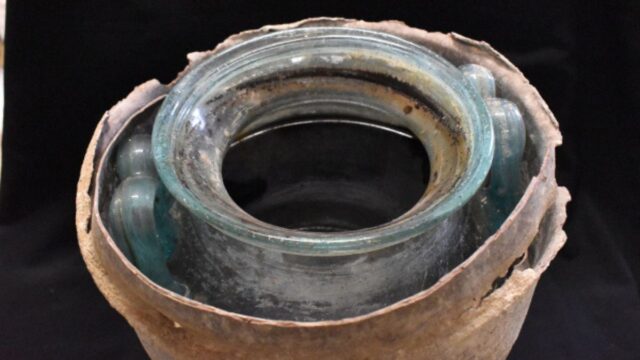The discovery was a surprise for an Andalusian family who were carrying out renovations in their house when they found the necropolis.
They say that the vino It improves with age… But we wonder what if the wine in question has more than 2,000 years?
In 2019, while a family was renovating their house in the Andalusian city of Carmonathey unexpectedly discovered aroman necropolis extraordinarily preserved under his ownership.
Inside the ancient tomb there was what is now recognized as the oldest wine in the world, still in liquid form. The wine, which was once white but which over the centuries has acquired a reddish brown hue, was found inside a glass case together with cremated human remains.
Tests carried out by scientists from the University of Cordoba revealed that the liquid had originally been a local sherry-like variety.
According to a study recently published in the journal ‘Journal of Archaeological Science:Reports’, the tomb dates back to the first half of the 1st century AD. and has eight funerary niches carved into its walls.
Six of these niches contained urns of glass, lead, limestone or sandstone, each of them with human remains. Two urns had the names inscribed: An old man from Spain.
The wine was discovered in another glass urn. Submerged in almost five liters of the reddish liquid they weres cremated bones of a manas well as a gold ring.
The experts were able to determine that it was wine after analyzing its chemical composition. The absence of syringic acida byproduct of the decomposition of red wineled them to the conclusion that it was made specifically with white grapes.
Before this discovery, the oldest known wine preserved in a liquid state was Speyer’s wine bottleunearthed from a Roman tomb near the German town of Speyer in 1867.
The bottle, dated between 325 and 350 AD, is the oldest known unopened bottle of wine. Since its discovery, it has been exhibited in the Wine Museum section of the Historical Museum of the Palatinate of Speyer.








